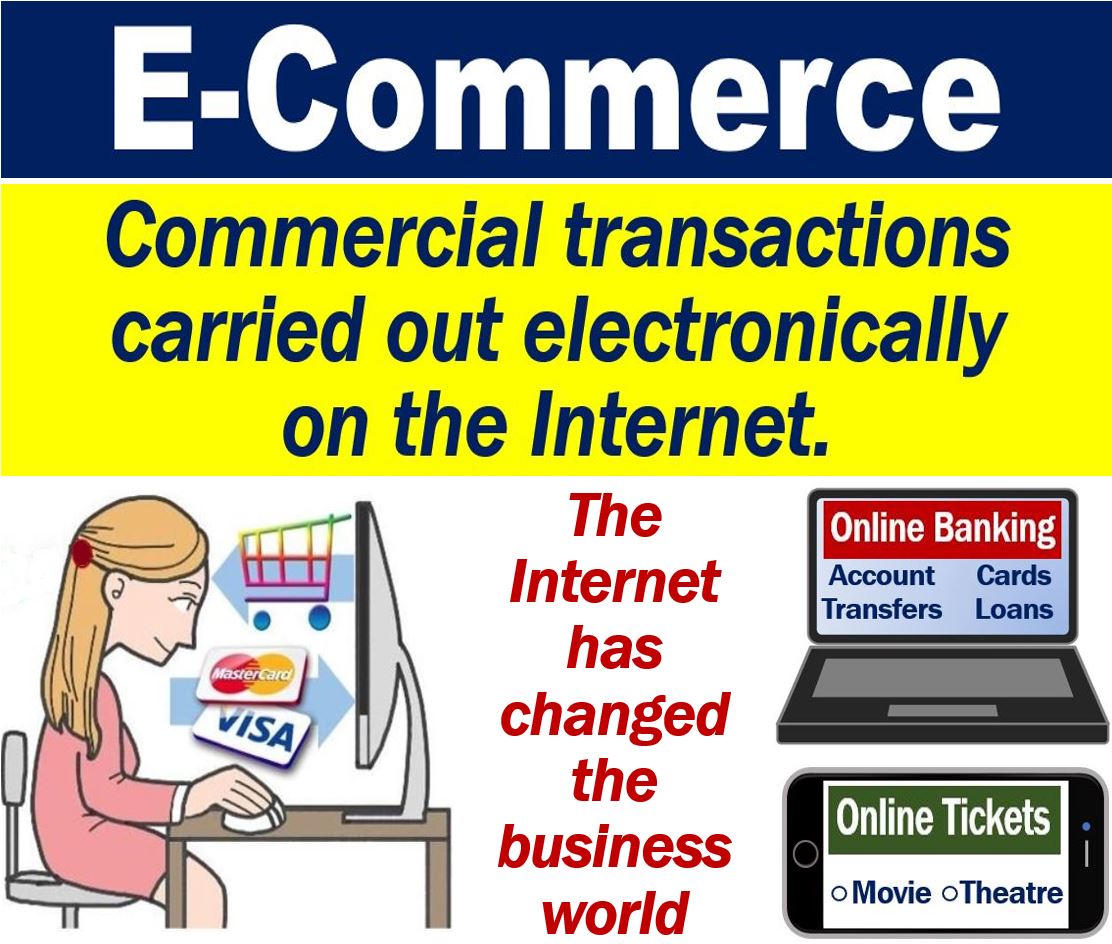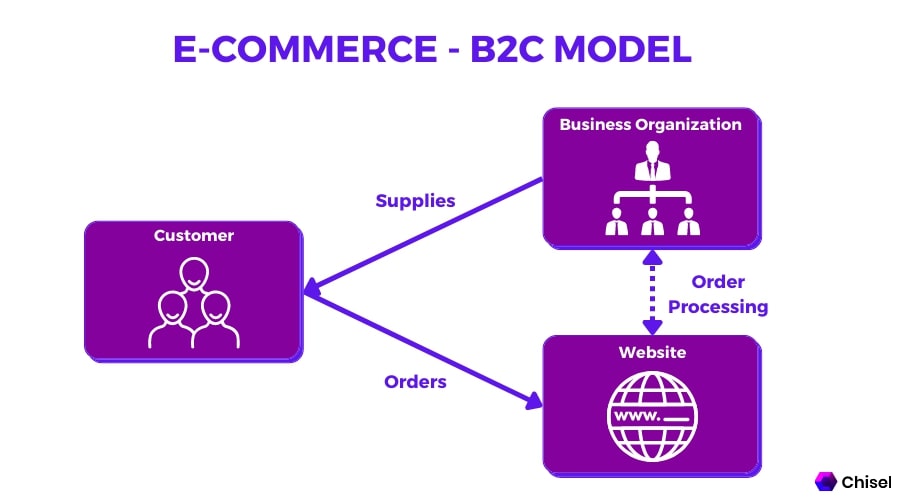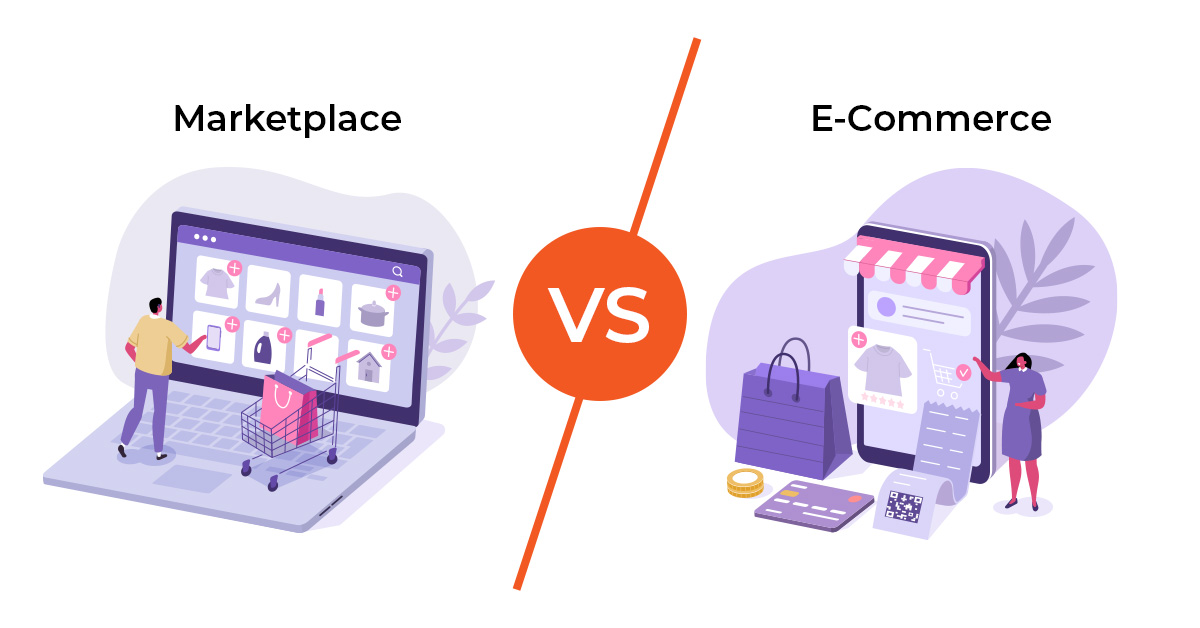e commerce

Introduction to E-commerce
For those seeking to buy and sell online, understanding the world of e-commerce is essential. E-commerce, short for electronic commerce, has revolutionized the way we conduct business.
Definition and Overview of E-commerce
E-commerce refers to the buying and selling of goods and services over the internet. It encompasses various activities such as online retail (e-tail), electronic payments, online auctions, and internet banking. With e-commerce, businesses can reach a global customer base, offering convenience and accessibility to consumers.
Evolution of E-commerce
The concept of e-commerce dates back to the 1960s with the advent of Electronic Data Interchange (EDI). However, it wasn’t until the 1990s when the internet became commercially available that e-commerce truly took off. The growth of secure online payment systems, improved website design, and the rise of online marketplaces like Amazon and eBay have further fueled the growth of e-commerce.
Today, e-commerce continues to expand and evolve, driven by advancements in technology and changing consumer behaviors. Mobile commerce (m-commerce), social commerce, and subscription-based services are just a few examples of the ongoing evolution of e-commerce.
In conclusion, e-commerce is a powerful tool that has reshaped the business landscape, offering convenience, accessibility, and opportunities for businesses of all sizes. By understanding the fundamentals and keeping up with the latest trends, entrepreneurs and marketers can tap into the vast potential of the e-commerce industry.

Advantages of E-Commerce
Convenience and Accessibility
E-commerce offers unparalleled convenience and accessibility to both businesses and consumers. With online shopping, customers can browse and purchase products or services from the comfort of their own homes at any time of the day. This eliminates the need to visit physical stores, saving time and effort. Additionally, e-commerce platforms allow businesses to reach customers globally, breaking geographical barriers and expanding their customer base.
Global Reach and Market Expansion
One of the major advantages of e-commerce is its ability to reach a global audience. With a well-developed online presence, businesses can attract customers from around the world and expand their market reach. This opens up opportunities for growth and increased sales potential. Additionally, e-commerce platforms provide valuable insights into customer behavior and preferences, allowing businesses to tailor their offerings to different markets and customer segments.
Cost Effectiveness and Efficiency
E-commerce significantly reduces the costs associated with running a traditional brick-and-mortar business. Online stores eliminate the need for physical locations, saving on rent, utilities, and other expenses. Furthermore, e-commerce allows for streamlined operations, automated processes, and efficient inventory management, reducing labor costs and improving overall efficiency. These cost savings can be passed on to customers through competitive pricing, creating a win-win situation for both businesses and consumers.

Types of E-commerce
Business-to-Consumer (B2C)
In the world of e-commerce, B2C refers to transactions conducted online between a business and individual customers. This is perhaps the most well-known form of e-commerce, where businesses sell their products directly to consumers. Websites like Amazon, eBay, and Walmart are great examples of B2C e-commerce platforms where consumers can browse, purchase, and receive products from the comfort of their own homes.
Business-to-Business (B2B)
B2B e-commerce involves transactions conducted between businesses. In this model, companies sell products or services to other businesses. Unlike B2C, B2B transactions often involve larger quantities and specialized products or services. Online marketplaces and platforms such as Alibaba, ThomasNet, and BizBuySell are popular places for businesses to connect and engage in B2B transactions.
Consumer-to-Consumer (C2C)
C2C e-commerce refers to transactions that occur between individual consumers. Online platforms like eBay, Craigslist, and Facebook Marketplace enable consumers to buy and sell items directly with other individuals. This form of e-commerce has gained popularity due to its convenience and the ability for individuals to turn their unused or unwanted items into cash.
Consumer-to-Business (C2B)
C2B e-commerce occurs when individual consumers offer products or services to businesses. Platforms like Fiverr and Upwork allow individuals to showcase their skills and expertise, offering services such as graphic design, writing, or marketing that businesses can hire them for. C2B e-commerce has opened up opportunities for freelancers and professionals to market their talents and work directly with clients.
These different types of e-commerce cater to various needs and preferences, providing opportunities for businesses and consumers to engage in online transactions conveniently and efficiently.

E-commerce Platforms and Technologies
Online Marketplaces
Online marketplaces provide a platform for businesses to sell their products or services alongside other sellers. Examples include Amazon, eBay, and Alibaba. These platforms offer a wide customer base, built-in traffic, and simplified selling processes, making them an attractive option for many businesses.
E-commerce Websites and Shopping Carts
E-commerce websites and shopping carts allow businesses to set up their own online stores. These platforms provide tools for product listing, inventory management, and secure payment processing. They offer more control and customization options compared to online marketplaces, allowing businesses to create a unique brand experience for their customers.
Mobile Commerce (M-commerce)
Mobile commerce refers to online shopping using mobile devices, such as smartphones and tablets. It has gained significant popularity due to the convenience and accessibility it offers to customers. Businesses can optimize their websites and apps for mobile devices to provide a seamless shopping experience for their mobile users.
Payment Gateways and Security
Payment gateways are the technology that enables secure online transactions by processing credit card payments. They encrypt sensitive customer information and provide a secure channel for transferring funds. Businesses must prioritize security in their e-commerce platforms to build trust and protect customer data from unauthorized access.
In conclusion, e-commerce platforms and technologies provide businesses with various options to establish and manage their online presence. Whether through online marketplaces, e-commerce websites, mobile commerce, or secure payment gateways, these technologies enable businesses to reach a wider audience, increase sales, and provide a seamless shopping experience for their customers.

Building a Successful E-commerce Business
Choosing the Right Products and Niche
When starting an e-commerce business, it’s crucial to choose the right products and niche that align with your interests and have a market demand. Conduct market research to identify profitable niches and trends that can help you stand out from the competition. Select products that offer value to customers and have the potential for long-term growth.
Creating an Effective Website and User Experience
Your website is the face of your e-commerce business. Ensure it is visually appealing, easy to navigate, and optimized for mobile devices. Provide detailed product descriptions, high-quality images, and customer reviews to build trust and make the purchasing process seamless. Incorporate user-friendly features such as a search bar, filters, and a secure checkout process to enhance the user experience and increase conversions.
Marketing and Promoting Your E-commerce Business
To drive traffic and sales, you need to implement effective marketing strategies. Utilize social media platforms, search engine optimization (SEO), email marketing, and paid advertising to reach your target audience. Create engaging content, run promotional campaigns, collaborate with influencers, and leverage customer reviews to build credibility and attract customers.
Customer Service and Support
Providing exceptional customer service is paramount for the success of your e-commerce business. Offer multiple channels for customer support, such as live chat, email, and phone, and ensure quick response times. Resolve customer issues promptly, offer hassle-free returns and refunds, and personalize the shopping experience. Happy customers will not only become repeat buyers but also refer your business to others.
Remember, building a successful e-commerce business requires continuous effort, adaptability, and staying updated with the latest industry trends.

E-commerce Trends and Innovations
When it comes to e-commerce, staying ahead of the curve is essential for success. Here are two key trends and innovations that are shaping the industry.
Artificial Intelligence (AI) and Personalization
AI-powered technologies are revolutionizing the e-commerce landscape. By analyzing customer data, AI algorithms can provide personalized product recommendations, tailored marketing messages, and improved customer service. This level of personalization enhances the customer experience, increases engagement, and boosts conversions. AI chatbots have also become popular, offering real-time assistance to customers, answering queries, and resolving issues efficiently.
Augmented Reality (AR) and Virtual Reality (VR)
AR and VR technologies are transforming the way customers shop online. By incorporating these immersive experiences, e-commerce businesses can provide virtual try-ons, interactive product demonstrations, and virtual showrooms. This allows customers to visualize and experience products before making a purchase, reducing hesitation and increasing sales. AR and VR also enhance brand engagement and leave a lasting impression on customers.
These trends and innovations not only improve the overall shopping experience but also give e-commerce businesses a competitive edge. By integrating AI, personalization, AR, and VR, companies can connect with customers on a deeper level, drive sales, and stay ahead in the ever-evolving world of e-commerce.
E-commerce, also known as electronic commerce or internet commerce, is the buying and selling of goods and services online. It has become increasingly popular in recent years, as more and more people have access to the internet and are comfortable shopping online.
There are many different types of e-commerce businesses, including:
- Business-to-consumer (B2C): This type of e-commerce business sells products or services to consumers. Examples of B2C e-commerce businesses include Amazon, eBay, and Walmart.com.
- Business-to-business (B2B): This type of e-commerce business sells products or services to other businesses. Examples of B2B e-commerce businesses include Alibaba, Global Sources, and TradeKey.
- Consumer-to-consumer (C2C): This type of e-commerce business allows consumers to buy and sell products or services to each other. Examples of C2C e-commerce businesses include eBay, Craigslist, and Etsy.
E-commerce offers a number of advantages over traditional brick-and-mortar businesses. For example, e-commerce businesses can reach a global audience, they are often less expensive to operate, and they offer customers more convenience.
However, there are also some challenges associated with e-commerce. For example, e-commerce businesses need to invest in website development and marketing, and they need to be able to ship products and services to customers quickly and efficiently.
Overall, e-commerce is a rapidly growing industry that offers a number of opportunities for businesses and consumers alike.
Here are some of the benefits of e-commerce:
- Convenience: E-commerce allows customers to shop from anywhere at any time.
- Selection: E-commerce businesses often have a wider selection of products and services than traditional brick-and-mortar businesses.
- Price: E-commerce businesses are often less expensive than traditional brick-and-mortar businesses.
- Global reach: E-commerce businesses can reach a global audience.
- Personalization: E-commerce businesses can personalize the shopping experience for each customer.
Here are some of the challenges of e-commerce:
- Competition: E-commerce businesses face a lot of competition from other online retailers.
- Shipping costs: Shipping costs can be a significant expense for e-commerce businesses.
- Customer service: It can be difficult to provide good customer service to customers who are shopping online.
- Security: E-commerce businesses need to take steps to protect their customers’ personal and financial information.
Despite the challenges, e-commerce is a rapidly growing industry that offers a number of opportunities for businesses and consumers alike.
